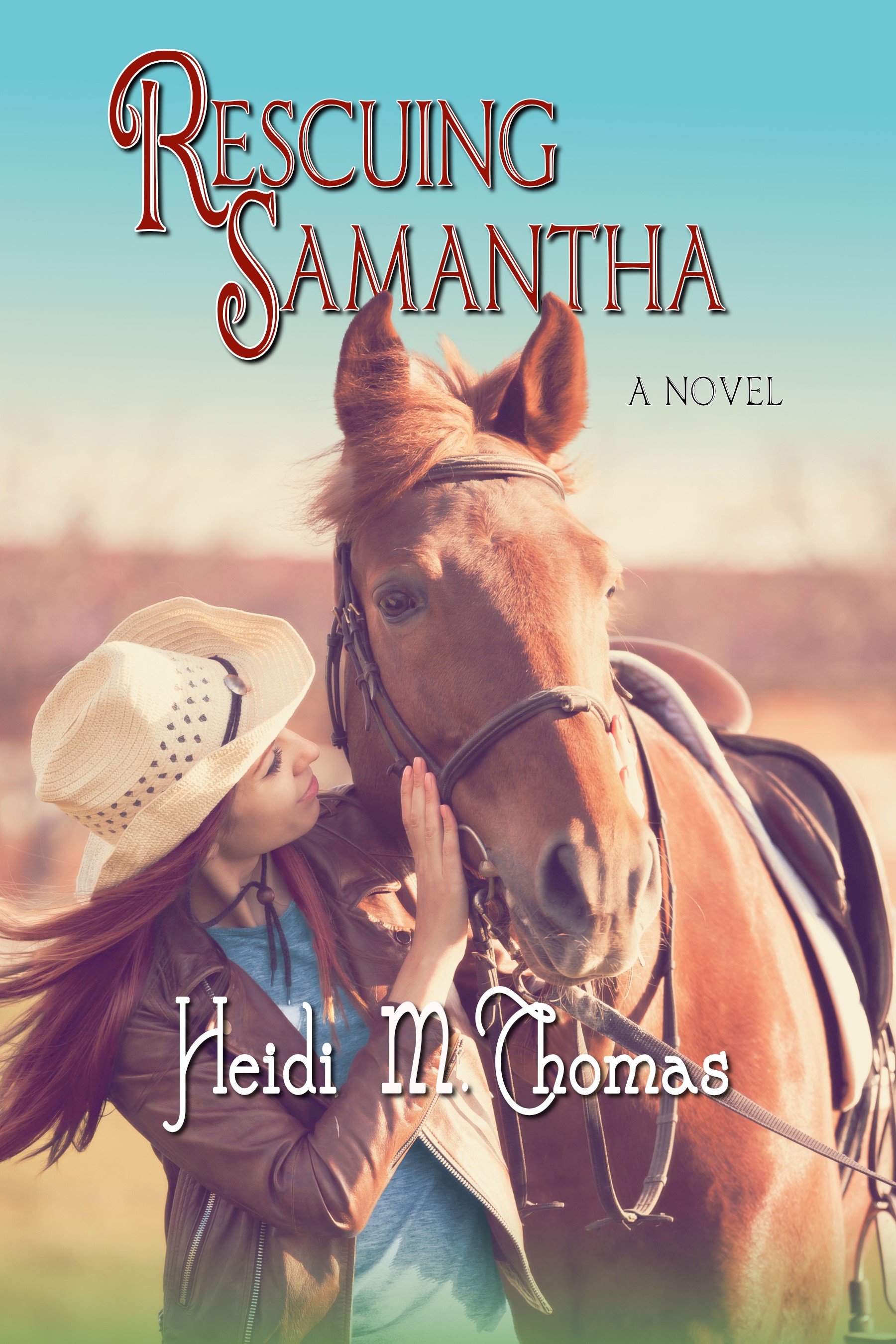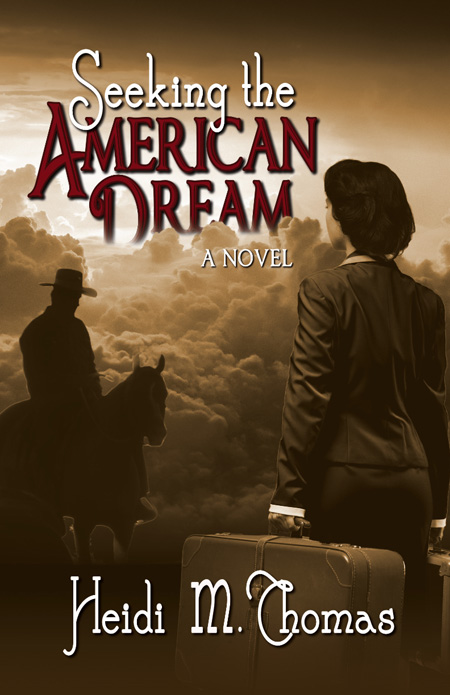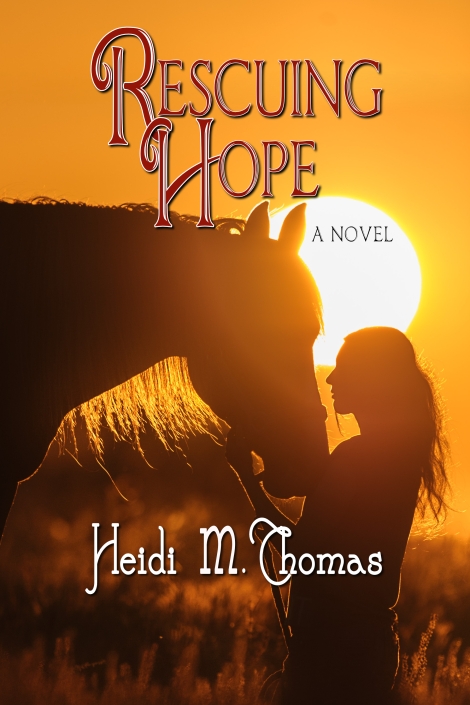 My guest today is Donis Casey, author of five Alafair Tucker mysteries. (I bought the first one, The Old Buzzard Had it Coming, strictly on the title!) I’ve asked her to elaborate on how she “discovered” and developed her main character.
My guest today is Donis Casey, author of five Alafair Tucker mysteries. (I bought the first one, The Old Buzzard Had it Coming, strictly on the title!) I’ve asked her to elaborate on how she “discovered” and developed her main character.
Alafair Tucker
By Donis Casey
Hercule Poirot, Harriet Vane, Annie Darling, V.I. Warshawski, Stephanie Plum, Alafair Tucker. Where did they come from? What sort of mind does it take to create a character that seems to live and breathe? Yes, I dare to list the name of Alafair, my turn-of-the-Twentieth-Century sleuthing mother of ten children, alongside these immortals, because I’m confident that even though my books may not live forever in the annals of English-language literary tradition like Agatha Christie’s, Alafair sprang forth in the same way as Miss Marple did.
It was something of a miracle.
If you are an author, you may bring your characters into the world, but in a odd way, how they turn out really doesn’t have anything to do with you.
In 1999, after I closed my business and discovered I now had time to do research, I decided to write a family genealogy for my siblings as a Christmas present. In the course of the research, I ran across stories and anecdotes about ancestors, which led me to remember stories my grandparents and parents had told me about their parents and grandparents, and life on the farm. I began questioning my mother, and then to write down my own memories. When I shared my stories with my husband, he began to reminisce about his (extremely colorful) Oklahoma pioneering family. This led me to begin questioning his siblings. At the end of the process, I had a book length genealogy packed with stories from the French and Indian wars, the Revolution, the Civil War, World Wars I and II, ambushes, murders, adoptions, divorces and adultery — settlers and Indians, massacres, poisonings, axings, shootings, drownings, and smashing people in the head with beer bottles.
I plumbed my own memory as well as interviewed many relatives. Many of the details of farm life come from my mother, such as using kerosene-soaked corn cobs to start a fire. Many of the incidents related actually happened, both in my family and my husband’s (the less savory ones, he points out).
I began writing The Old Buzzard Had It Coming, the first book about Alafair’s life, early in 2000. The fifth entry in the series, Crying Blood, was issued by Poisoned Pen Press just last month.
The character of Alafair was cobbled from bits and pieces of all the beloved women in my family who came before me. Alafair was the name of my father’s maternal grandmother, Alafair Morgan. Tucker was the family name of my father’s paternal grandmother, Selinda Tucker. Here is a photograph of Great-Grandma Alafair Morgan, taken when she was about twenty-five years older than the Alafair I write about. You can see what having that many children really does to you. But like the character, the real Alafair was the pillar of her house and the queen of her domain, and everyone loved her.
My Alafair is funny, reflective, wise to ways of the world and the ways of kids, and a bit sad because of the losses in her life, like my own mother. She’s the center of her family, loving and giving to a fault, adored by her children, and a legendary cook, like my mother-in-law. With the best of motives, she’s all up in your business and can drive you crazy, too, like a relative of mine who shall remain nameless, lest she read this (though she won’t recognize herself. They never do.)
Alafair is also me, if I were totally different than I am. Through her, I get to live the life I never lived and never will. I imbue her with all the virtues and strengths I do not have. She knows what she knows and takes action. Then once she has, she doesn’t second-guess herself. I agonize over every decision and sometimes take no action at all. She’s kind and tolerant of human weakness. Me: not so much. She takes care of everyone. Me: I know it’s suppertime. Order a pizza. She’s patient. Me: get out of my face.
 I may have created Alafair out of pieces of all these women, but she’s much more than the sum of her parts. The great British mystery novelist Graham Greene said, “The moment comes when a character says or does something that you hadn’t thought of. At that moment, he’s alive and you leave it to him.” I first put Alafair on the page, but then she stood up and walked away, and I just follow where she leads. Anyone who has ever written fiction knows what I mean. Your characters are not really your own.
I may have created Alafair out of pieces of all these women, but she’s much more than the sum of her parts. The great British mystery novelist Graham Greene said, “The moment comes when a character says or does something that you hadn’t thought of. At that moment, he’s alive and you leave it to him.” I first put Alafair on the page, but then she stood up and walked away, and I just follow where she leads. Anyone who has ever written fiction knows what I mean. Your characters are not really your own.
_______________________
Donis Casey is the author of five Alafair Tucker Mysteries,The Old Buzzard Had It Coming, Hornswoggled, The Drop Edge of Yonder, The Sky Took Him, and the newly released Crying Blood. Donis lives in Tempe, AZ, with her husband, poet Donald Koozer.
Read the first chapter of each novel on her website, www.doniscasey.com, She blogs about writing at www.typem4murder.blogspot.com, and about food in mysteries at www.fatalfoodies.blogspot.com.











Donis, having read all five of the Alafair Tucker series, I look forward with much anticipation to number six. Also, your blog postings always offer so much, they are a mainstay in my writing life.
Thanks Heidi, thanks Donis!
Sounds like a great book! I’ll have to add it to my list and tell my daughters. They love mysteries. I love what you say about Alafair, about how you put her on the page and she stood up and walked way and you followed. That is so true and one of the things I love about writing. It just amazes me how a character will take over. I’m giving a program Monday night and plan to use those words of your as another example of how we are more in their control than visa versa.
HI Donis and Heidi,
Great blog piece on character and naming. Years ago, I heard the children’s writer, Candy Dawson Boyd, talk about how she arrived at the name for her central character, Charlie Pippin by wandering thru the grocery store and spotting the Pippin apples, chartreuse in color. She gave a magnificent lecture on this process and its consequence. I love your description, Donis, and I’ve done the same in looking to family names like Parthenia(my pat. GGM), Russell(my fa.) or Pelham (my Mom’s maiden name.) I feel it is a way to honor them. Thanks for this.
I named my series character Nettie and her favorite horse Tootsie. My grandmother’s nickname was Tootsie, and later I read something she’d written about all the horses she’d owned, and her favorite was named Nettie. I may have read that before I wrote the book, but I didn’t remember it at the time. Subliminal influence, I suppose!
Thanks for sharing with us today, Donis.
My great pleasure to be here, Heidi, and thanks so much for inviting me. I loved telling about Alafair.
Donis,
I enjoyed reading about how your family research spawned a book series and how you named your character. Alifair is such an unusual and intriguing name. I’m looking forward to reading the new book and just recommended the series to the woman who cut my hair on Tuesday. The “Old Buzzard” title immediately grabbed her interest–she stopped cutting to write it down–and I suspect she stopped at the bookstore on her way home that night.
This is such great networking, Cynthia and Donis!
This is delightful. Now I know why I loved The Old Buzzard Had It Coming so much. I’m inspired to read the others.
Great interview! I love the titles of your books too. 🙂